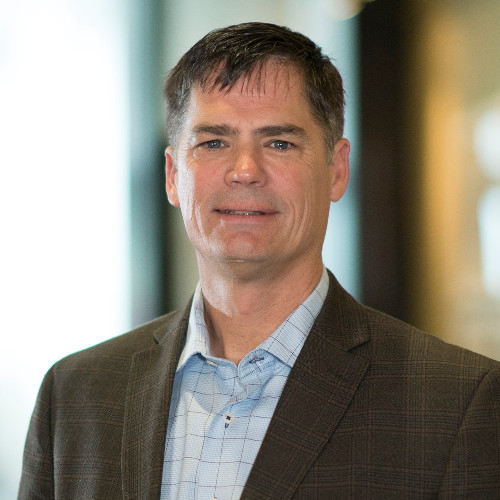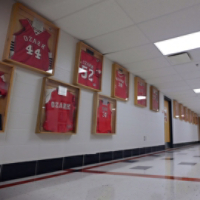Q. What are schools doing today to help reduce their future environmental impacts?
A. We’re seeing many schools using the current funding influx to install more energy-efficient systems. Connected buildings—those that use a building automation system to integrate control over HVAC, lighting and other systems—can gain great ongoing benefits too. Controlling systems more intelligently to match the way buildings are used every day can be a big energy saver. Of course, reducing energy use has the bonus of helping to reduce energy costs, too.
Q. Do you see any big game changers coming up?
A. Renewable energy is ramping up. We’re installing a lot more solar panels and geothermal systems in schools today. Systems that were once viewed as “desirable”, but not economically practical, are seeing a significant boost from the Inflation Reduction Act. These systems now not only offer help to lower operating cost, but can also be the lowest initial cost.
Q. Renewable energy might be the future, but aren’t there reliability concerns?
A. The best way to manage the variability is by pairing renewable energy production with thermal energy storage—ice tanks that that work like a battery for the HVAC system. It gives the system the ability to store and recover thermal energy, as well as charge or discharge it based on the availability of renewable energy and the building’s cooling needs. Renewable energy production can be inconsistent, and this ensures a more consistent and reliable supply.
Q. What about schools in colder climates, how does this apply to heating?
A. It’s easy for people to wrap their heads around using ice tanks for cooling. Trane has been using ice-based thermal energy storage in cooling systems for decades. Now, we’re also applying that science to heating systems. It’s all about capturing the energy that is produced and released during the phase change from water to ice. Thermodynamics at work in the system allow it to heat or cool or do both. In a way, it’s a renewable energy system because it turns any building into its own low-carbon heating source.
Q. We’re educating the next generation of scientists. Any advice on how we can get kids more engaged in STEM?
A. Drawing down carbon emissions is going to take decades of continuous innovation. Did you know that Trane has created age-appropriate, energy-focused curricula that use students’ classrooms as real-world learning labs? Our two BTU CREW™ programs for students in grades 4-7 and 8-10 bring STEM learning to life using your building and energy analytics tools. Programs for grades 11-12 introduce higher-level tech learning and build awareness of in-demand technical career paths. And our work with NC3 is creating curriculum for sustainability minded students in secondary education settings.
Learn more here: Trane K-12 Education Programs





